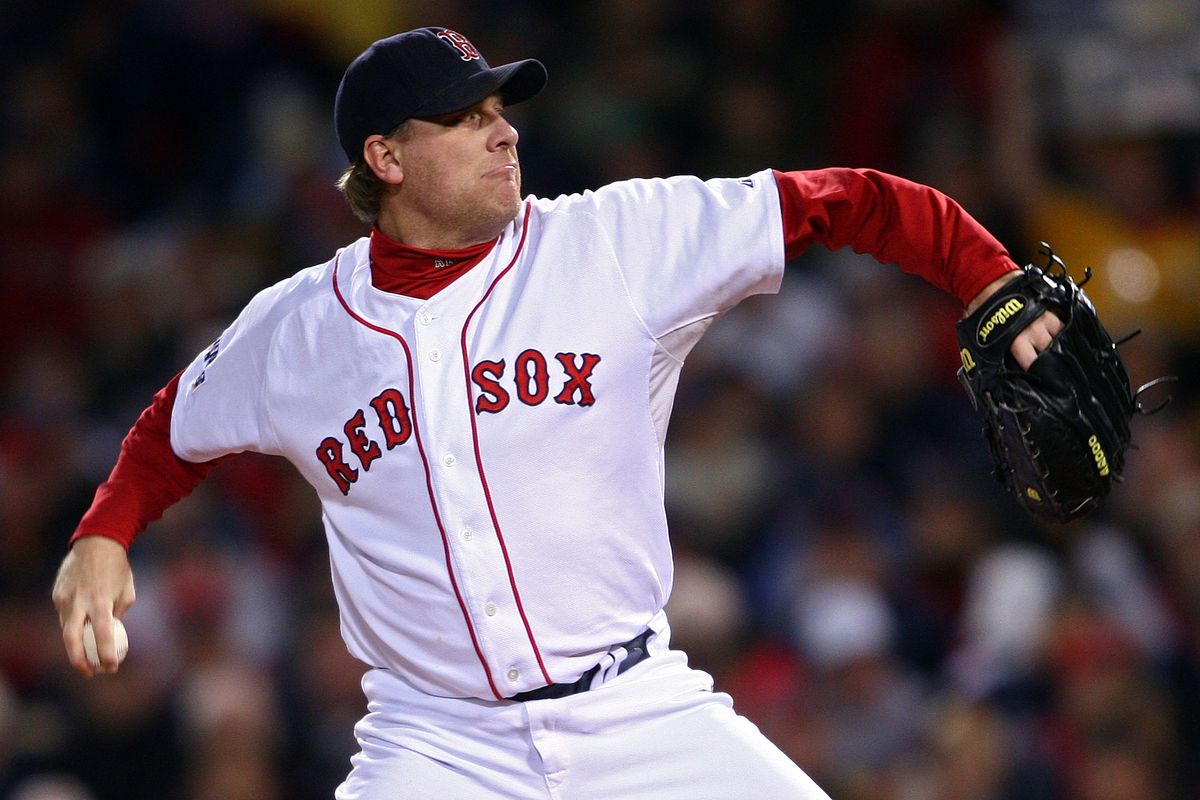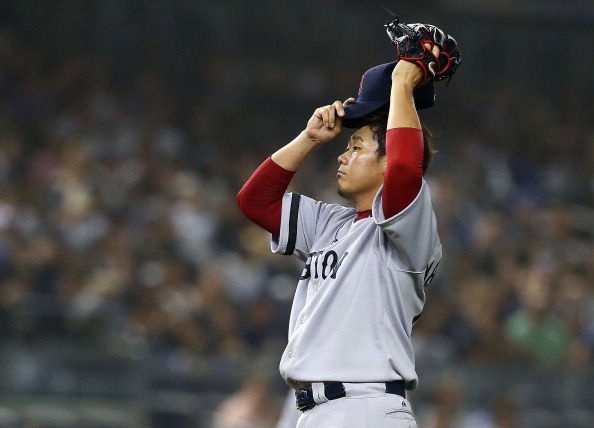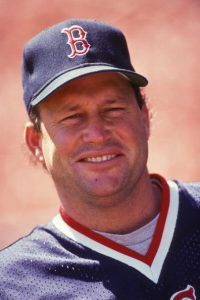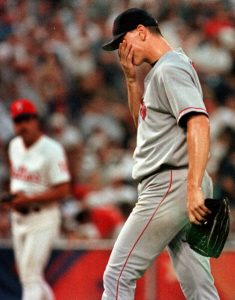On January 22, 2019, the 2019 Baseball Hall Of Fame class announcement occured. Curt Schilling did not matriculate. From here it is obvious that Schilling is the equal of John Smoltz. While Smoltz sailed in on his first chance in 2015, Schilling is still waiting. Why is that?
Schilling & Smoltz
The bare bones tell the story.Here are Curt Schilling‘s and John Smoltz‘s career numbers:
Wins/Losses/Saves/Games/Starts/Innings/Strikeouts/WHIP/ERA/WAR
Schilling 216/146/22/569/467/3261/3116/1.137/3.46/79.6
Smoltz 213/155/154/723/481/3473/3084/1.176/3.33/69.1
Smoltz has more games and saves, and a lower ERA. Schilling has more strikeouts and walked less, which resulted in a lower WHIP. WAR is an attempt by the Sabermetric community to equate the value of players across eras, teams, ballparks, etc. Schilling outclasses Smoltz there.
Curt Schilling played for the Philadelphia Phillies for eight and a half years. Other than the first year or two of Schilling’s time with them, the Phillies were a doormat in the National League. By contrast, Smoltz was part of one of the greatest collection of starting pitchers of all time, the perennially contending Atlanta Braves of the 1990’s. Smoltz was blessed to have fellow Hall of Famers Tom Glavine and Greg Maddux in the same rotation. Consequently, that team famously went to the MLB Postseason every year from 1991 to 1999, yet only won one World Series.
Postseason Dominance
These guys are Titans of the playoffs. This is because they both stepped up when the bright lights came on. Smoltz goes from a 3.33 career ERA and 1.176 WHIP, to a 2.67 ERA and 1.144 WHIP in the playoffs. Schilling goes from a career 3.46 ERA and 1.137 WHIP, to a 2.23 ERA and .968 WHIP. Smoltz has one career Complete Game in the postseason, Schilling has four. Smoltz is 15-4 in the postseason, Schilling 11-2.
John Smoltz’s most iconic performance is Game 7 of the 1991 World Series. Smoltz was out-dueled by fellow Hall of Famer Jack Morris in a 1-0 extra innings loss. Curt Schilling had his bloody sock in Game 6 of the 2004 ALCS against the Yankees. That was on the road to the Red Sox first World Series win in 86 years in 2004. And Schilling’s teams did something Smoltz’s teams never could: beat the Yankees. That’s why Schilling has three World Series Championships to Smoltz’s one.
The Real Difference.
John Smoltz received 87.92% of the vote his first time on the ballot in 2015 (75% of the vote is needed to be elected to the baseball Hall of Fame by the writers). Meanwhile, Schilling’s percentages have wavered since his first time on the ballot in 2013: 38.2, 35.43, 45.62, 58.5, 50.3, 57.5, and 64.7 last year. This is a very strange pattern. Most of the time, players start low and gradually increase over time. Schilling’s numbers have wavered from year to year.
While John Smoltz is busy being an advocate for the shoulder safety of young kids, and announcing postseason games on all the big networks, Curt Schilling is seen as a social pariah. Schilling had a failed software company in Providence after taking tax breaks from Rhode Island, talked about voting Bush during the 2004 Presidential election while in Democrat country, and had some poor taste on social media.
In short, John Smoltz is seen as a choir boy, Schilling a bad seed.
The Hall of Fame is not the Hall of Good People
The Hall of Fame is a museum chronicling the history of baseball. For many years the baseball writers and players were drinking buddies. The writers celebrated the players. This was a result of the Black Sox scandal in 1919, and the concentrated effort by all involved to rehabilitate baseball’s image in American society.
In 1970, Jim Bouton‘s book Ball Four came out, and blew the lid off the narrative that baseball players are heroes. Bouton details rampant drinking, womanizing, ballplayers sneaking around looking through bathroom windows to see women showering, and PED use by Hall of Fame players. Since then, stories about cocaine use, gambling and PED use have disabused most of us from the notion that ballplayers are anything but fellow humans.
Thanks to Ryan Thibodaux’s meticulous Hall of Fame vote tracking sheet, we can see the details of the vote for 2019. Schilling received 64.7%, but only 41.2% on private ballots. In 2018, Schilling received 25.8% fewer votes on private verse public ballots. This year it was 23.5% less. Schilling still has a massive mountain to climb to reach the Hall of Fame.
Hopefully the writers will get off their high horses and see the truth: Curt Schilling belongs.
Follow @BostonsportSAHD





